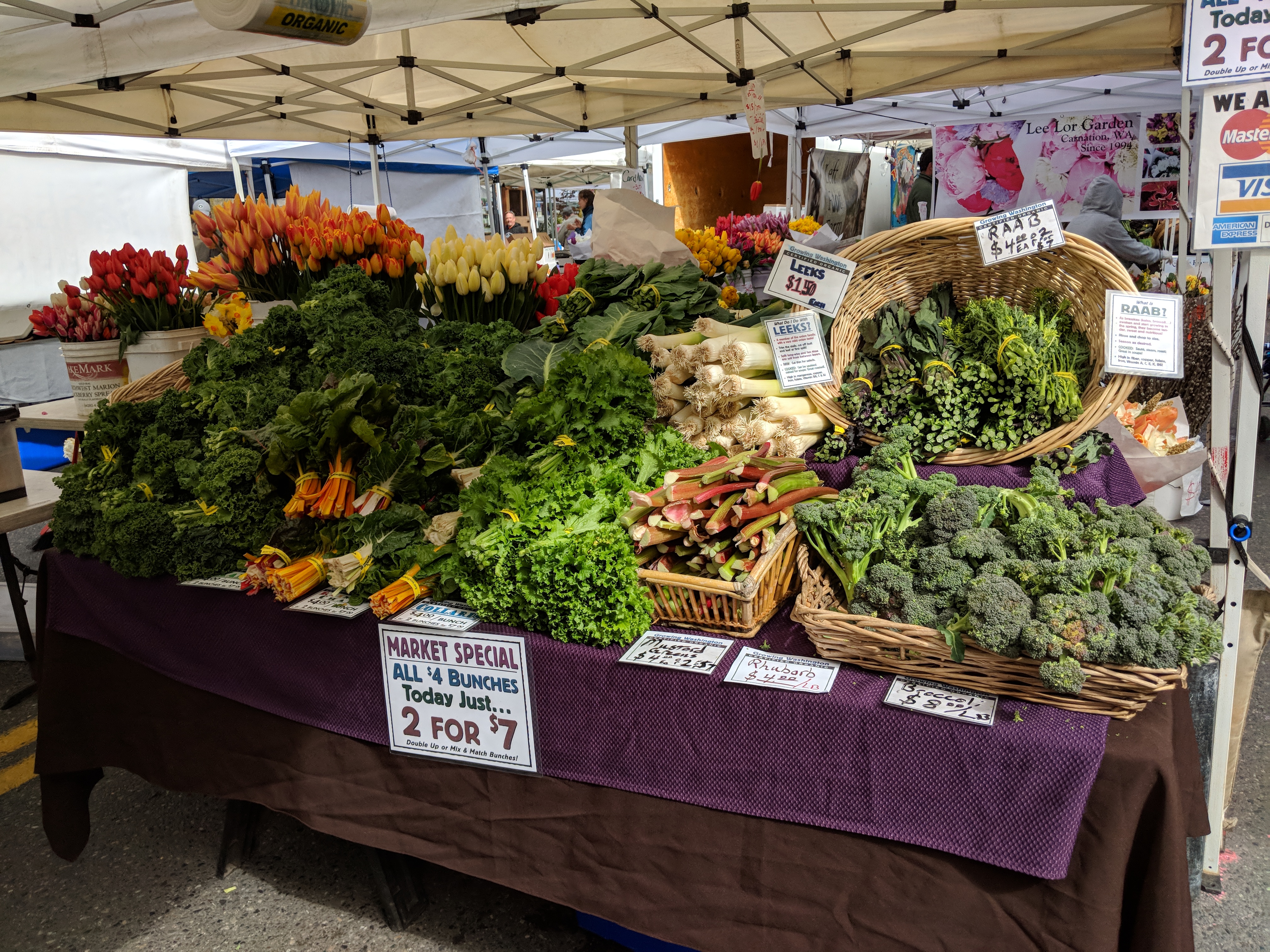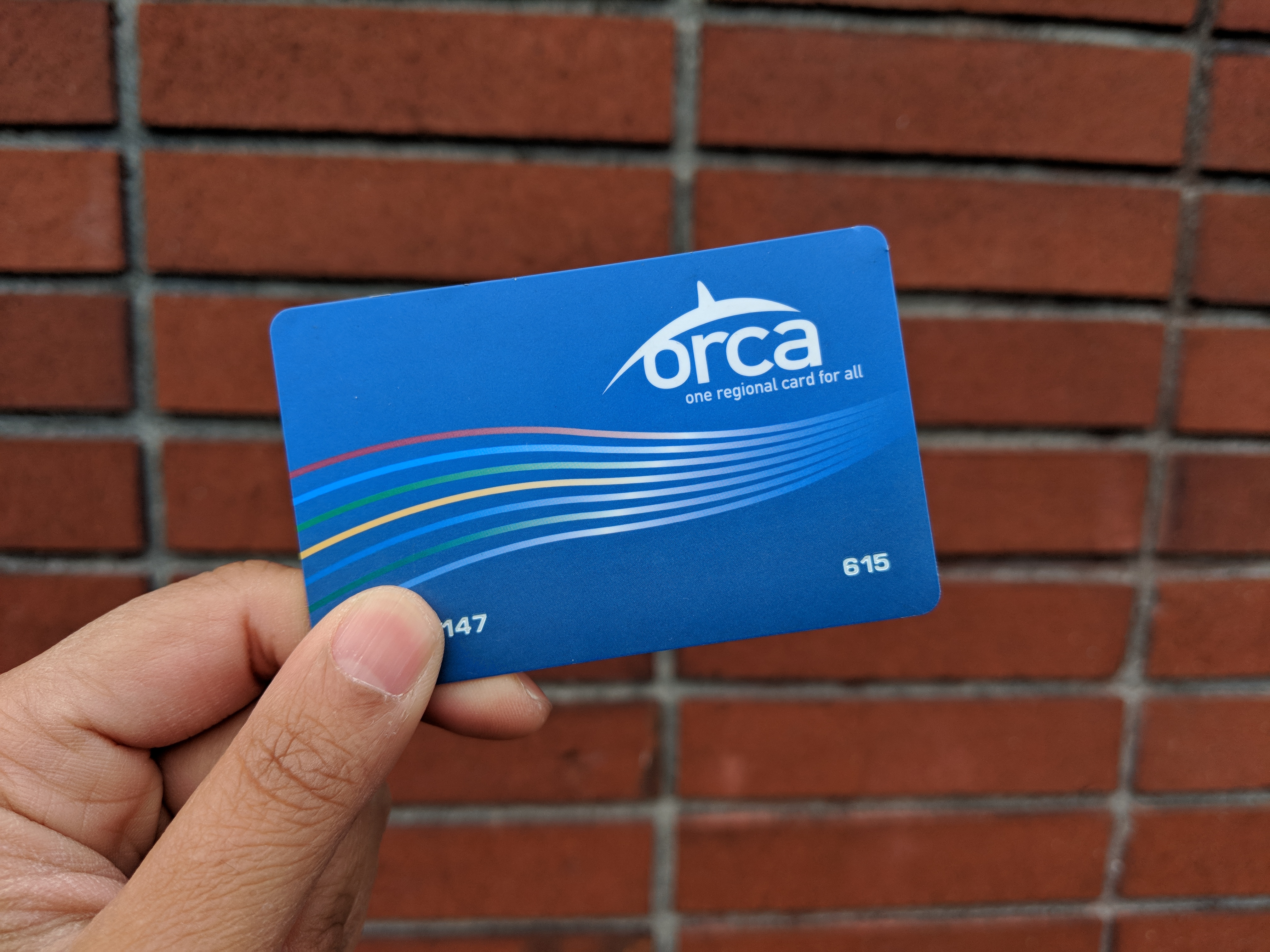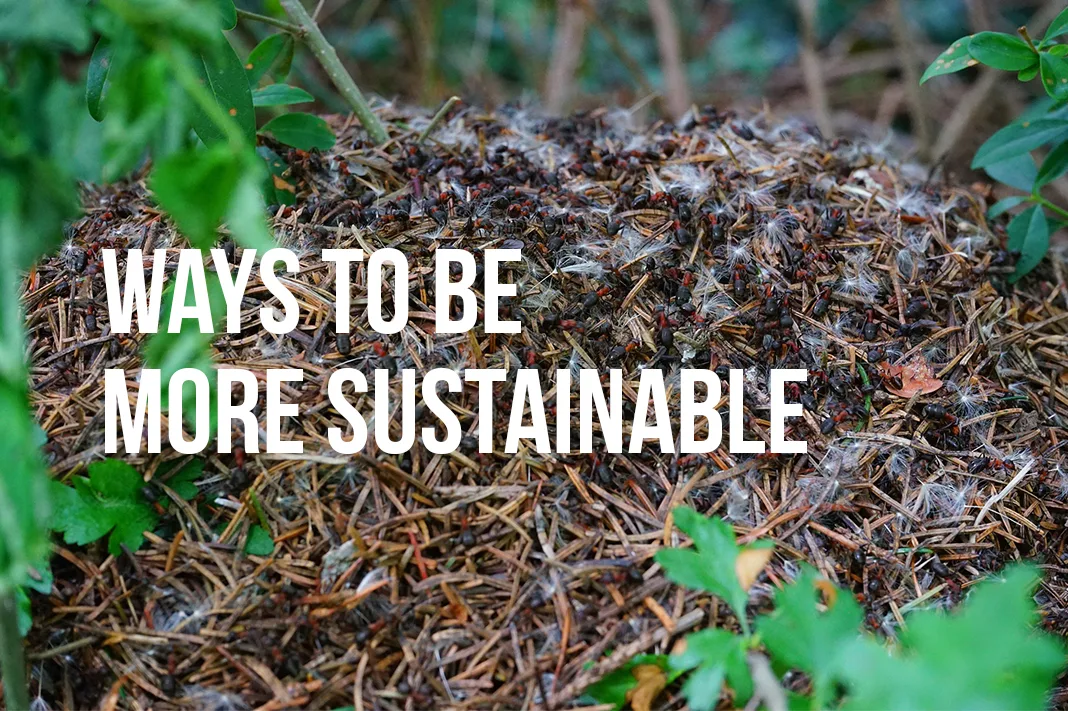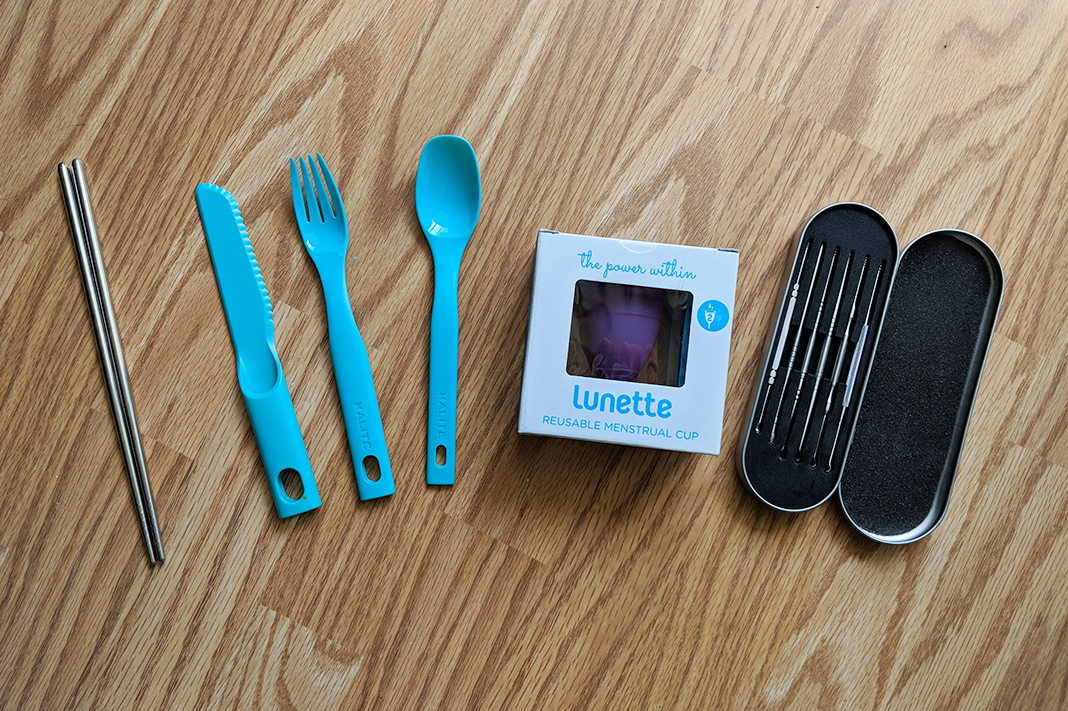For Earth Day I decided to make a list of ways we can live a minimalist lifestyle and make a lesser impact on our great Mama Earth! April 22nd is the official Earth Day and it happens annually. I read in an article that one of the best ways to reduce our carbon footprint is to not have children. It sounds extreme and a lot people want to enjoy the experience of child bearing and parenting. Instead of telling you to not have kids, I have provided tips on how to ditch unnecessary waste.
According to the Environmental Protection Agency (EPA), the average American generates about 4.4 pounds (1.9 kilos) of landfill trash every day. There’s a massive patch of garbage floating in the Pacific Ocean between California and Hawaii that is filled with a scary amount of plastic and is twice the size of Texas.
Environmental sustainability doesn’t mean you have to live without luxuries. It means being aware of your resource consumption and reducing unnecessary waste. If your ultimate goal is to go ZERO WASTE, these tips will definitely help you get there! Adopt these lifestyle changes to make EVERY DAY Earth Day!
Adopt These Practices to Live a Sustainable Lifestyle
#1 Ditch Single Use Products
Single use products include q-tips, plastic to-go containers, straws tampons/pads and much more. All these items once used end up in our landfills. Fish eat the products and eventually our plastics and waste make their way back to our stomachs via our dinner plates.
Some single-use items that I have replaced include the following:
- Insulated Water Bottles or Tumblers
- Metal or hard plastic straws
- Reusable Chopsticks, Spoons or Forks
- Menstrual Cup
- Curettes (alternative to q-tips)
- Shopping Bags
#2 Shop Local

West Seattle Sunday Farmer’s Market is a great way to sample local products and buy ingredients for the week.
The further your products have to travel, the more energy and effort it takes to make it into your household. According to the World Watch Institute, transporting food is one of the fastest-growing sources of greenhouse gas emissions. An average 817 million tons of food is transported annually around the planet. This uses four times the energy and produces four times the emissions than if we were to buy local.
Instead of shopping for convenience, make an effort to support local businesses. Products located in your own backyard support your own economy and take less resources to get into your hands. Local food is also in seasons and has to travel less and is usually fresher and tastes better. Take it even further and ask your local farmers what they are doing to maintain a sustainable farm.
Visit your local bodegas or the weekly farmers markets in your area. Below is a map of King County’s farmers markets.
#3 Cook at Home
When you cook at home, you reduce waste by choosing what you want to use and what you do with your scraps. I subscribe to Imperfect Produce and shop at my local farmers markets. It’s an awesome program that sends rejected produce to you on a weekly or bi-weekly basis. I usually receive my produce list 4-5 days before the delivery date. This gives me time to plan my meals and buy additional ingredients if I need to. Not only does it prevent food from going to waste, it also introduces me to food that I never would have thought to eat. Read my review of Imperfect Produce here.
If and when you do eat out, make a conscious decision to bring your own utensils, straws, and Tupperware for leftovers. Before you order, let your server know that you brought your own products in an effort to curtail waste. Yes, you WANT to be that person. Don’t worry, Mother Earth will thank you for it.
#4 Compost and Keep Food Out of Our Landfills
Instead of throwing your waste in the trash, order a separate compost bin and transfer your organic waste into your garden or backyard. Things that can composted are paper, cardboard boxes, wood, 100% cotton, body waste (hair, nail clippings, etc.) and food. Composting can remove 20-50% from your household waste stream. When organic matter like food waste goes to the landfill, it ends up decomposing anaerobically—or without oxygen. This process creates methane, a greenhouse gas 20-35 times more potent than carbon dioxide at warming our planet. Landfills are the United States’ third largest source of methane emissions, according to the EPA. If we composted food and other organic waste instead of throwing it away, we’d need fewer landfills, and they wouldn’t emit methane. Food does not belong in landfills.
#5 Use Public Transportation

Using a car is not necessarily the best choice for our environment or our health. Take into account the cost of fuel, maintenance, insurance, parking and most important, TIME that you spend in traffic. All these things add up quickly. Below are some alternatives that might be easier on your wallet, health, and the environment.
- Walk
- Ride a Bike
- Take the Bus, Train or Subway
- Rideshare (carpool, Lyft, zip car, Car2Go)
- And if you can’t ditch the car, consider getting an Alternative Fuel Vehicle (AFV) such as an electric car.
#6 Recycle
Recycle what you can. Drop off e-waste at Home Depot in their designated e-waste bins. Put paper/cardboard, cans and plastic bottles into the blue recycling bin. If you see cans and plastic bottles on the street, pick them up and recycle. Lead by example and soon enough others will notice and follow.
Find creative ways to recycle:
- Use used packaging to ship out products that I sell online.
- Use empty containers and fill-up on products that you need such as shampoo, body wash, oils, grains, etc.
- Donate or sell used moving boxes.
- Print on the empty backside paper you receive from work or mail.
- Use products to create crafts (toilet paper rolls, empty egg cartons, etc.)
#7 Shop Sustainably
When shopping for new clothes, buy from companies that have eco-friendly business practices. I shop for yoga clothing all the time. I work and buy from companies that support environmentally friendly business practices which can include making products from used water bottles, using eco-friendly dying and printing processes, and donating back to their communities that support our environment.
If you want to go the #zerowaste route, upgrade your wardrobe by heading to the nearest thrift or vintage store. While you’re there, drop off and sell or donate used clothing that you no longer need. Do this every season.
Places to shop and donate:
If you’re handy with a sewing machine and some thread, try creating some new. Up-cycle your wardrobe into a one of a kind piece.
#8 Unplug
Finally! One of the best ways to make zero impact is to unplug from it all.
- Unplug from all appliances. Instead of drying your clothing in the drying machine, use a drying rack.
- Grab a book and get lost in it.
- Turn off the TV and meditate.
- Practice yoga in the comfort of your own home.
- Go camping where there is no reception. Consider staying in a tent or yurt while traveling.
Make it a time to get grounded and grow in being content with social media, the internet or consumerism/things. Let it all go.
Final Thoughts
My ultimate goal is to achieve zero-waste, but for now a reduction in my waste is better than 0%. Try adopting a practice each week and see how it feels physically and emotionally. It’s a process and takes practice. Here’s to keeping the world we’re living in as healthy as possible!
If you liked this post, please consider pinning it to Pinterest!

Thank you for visiting today! If you found this encouraging or informative, please connect with us on Instagram or TikTok. Sign up for our monthly newsletter for updates and more. We promise we won't spam you! Feel free to unsubscribe anytime. If you're a brand and want to work with us, please visit this page to get in touch.



